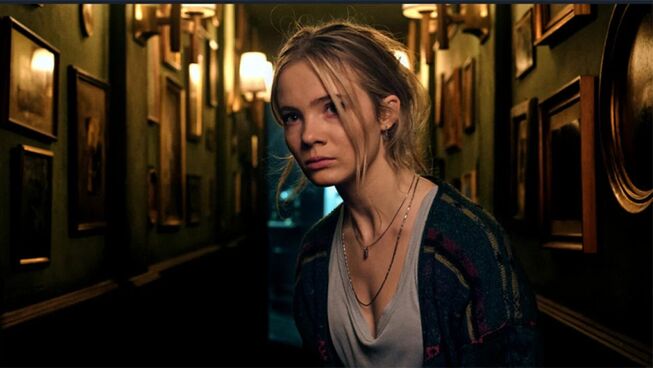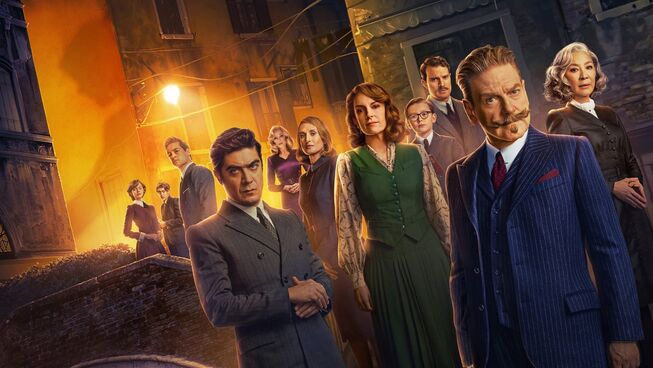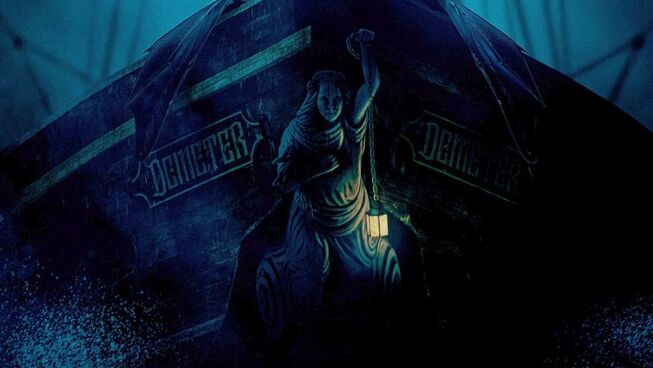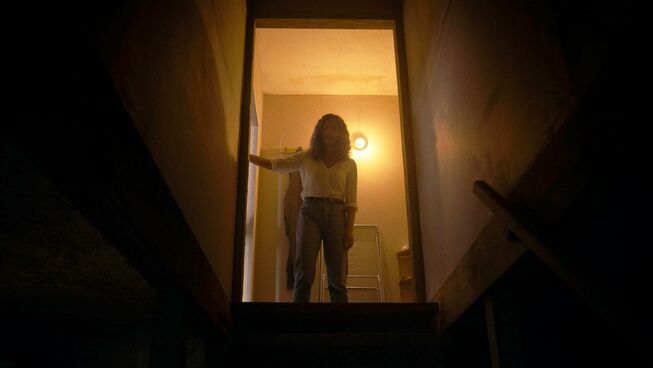Baghead

⭐️ ⭐️ 1/2 (out of 5)
Much like the film's titular creature, the horror genre has been experiencing an identity crisis over the past few years. Some films push the bounds of the genre to more subversive and modern areas, while others hold the genre back to its cheap, monster-centric, slasher movie roots. Baghead, unfortunately, sits in the latter. Based upon the acclaimed 2017 short film of the same name, director Alberto Corredor sticks to the framework that made the original film successful but fails to extend that concept to a more extensive format.
Following the death of her estranged father, Iris Lark (Freya Allen) learns she’s inherited a rundown, centuries-old pub in Berlin. Little does she know that upon signing the deed, she becomes inextricably tied to an unspeakable and horrific entity that resides in the pub's basement. Baghead is a shape-shifting creature that can transform and mimic the deceased for two minutes. Hoping to capitalise on this bizarre opportunity, Iris exploits the creature's powers and charges a hefty price for desperate families to see their loved ones again. However, things go awry when Iris discovers that breaking the two-minute rule can have deadly consequences. With her best friend Katie (Ruby Barker), Iris must fight to keep control of the monster and figure out how to destroy this creature before it destroys them.
That central concept of financially exploiting a creature that can channel the dead is deeply intriguing. It has the potential to be expanded upon in great detail. Unfortunately, the film rarely does anything new or exciting to build upon that initial idea and fails to live up to what audiences expect from a modern horror monster movie. The dialogue is noticeably unnatural from the first scene with our protagonists, Iris and Katie. The performances lack the depth or subtlety to carry a film requiring extensive grief and terror. The scares are cheap and repetitive, sometimes employing the same technique multiple times throughout the movie to catch the audience off guard with yet another jump scare. Although having an interesting and tragic history, the central creature ultimately amounts to a person covered in sackcloth. Its lack of a sophisticated design and appearance could be an interesting inversion of classic horror creature design; however, what audiences are left with is confusion and an empty desire to see more. There are exciting and profound pieces here to work with. Still, the end result becomes extremely bland and uninspired when putting them together on screen.
Although there are many negatives, some examples of great work are on display here. Cale Finot’s haunting cinematography perfectly frames the rundown, dilapidated pub Freya inherits. His use of colour and framing is especially noticeable, highlighting every crack and stain on the walls and basement floors that surround the characters. The production design also stands out strongly; the old pub is filled with so much detail that audiences will long to step into the world and examine every picture on the wall and every rusted word of warning.
Despite having a solid foundation of morally complex questions supporting an original and new horror creation, Baghead fails to do anything interesting with its characters, central premise, or genre. The writing leaves much to be desired, and the cast is trying to present nuanced performances that only appear over the top and erratic. Much like the creature, the film attempts to mimic and transform into something greater but never manages to stray from its original form. The only ones paying the price are, in the end, the audience.
Reel Dialogue: Do you wonder what comes after death?
Death is not a new subject in the world of cinema. The characters in Baghead engage with this topic as a means of exploitation despite paying the price for not taking the topic seriously. Their discovery eventually turns into a nightmare and leaves them squarely in a moral conundrum, as opposed to exploring this topic in depth.
Thankfully, the Bible provides most of the answers people seek in the film. This is where the promise of eternal life from the Bible's God truly brings this subject matter to life. To dig in deeper, it's all to be considered in Revelation 21-22.
It is not too surprising that belief in an afterlife exists. The difference in Christianity is that access comes from a place of sacrifice and selflessness.











